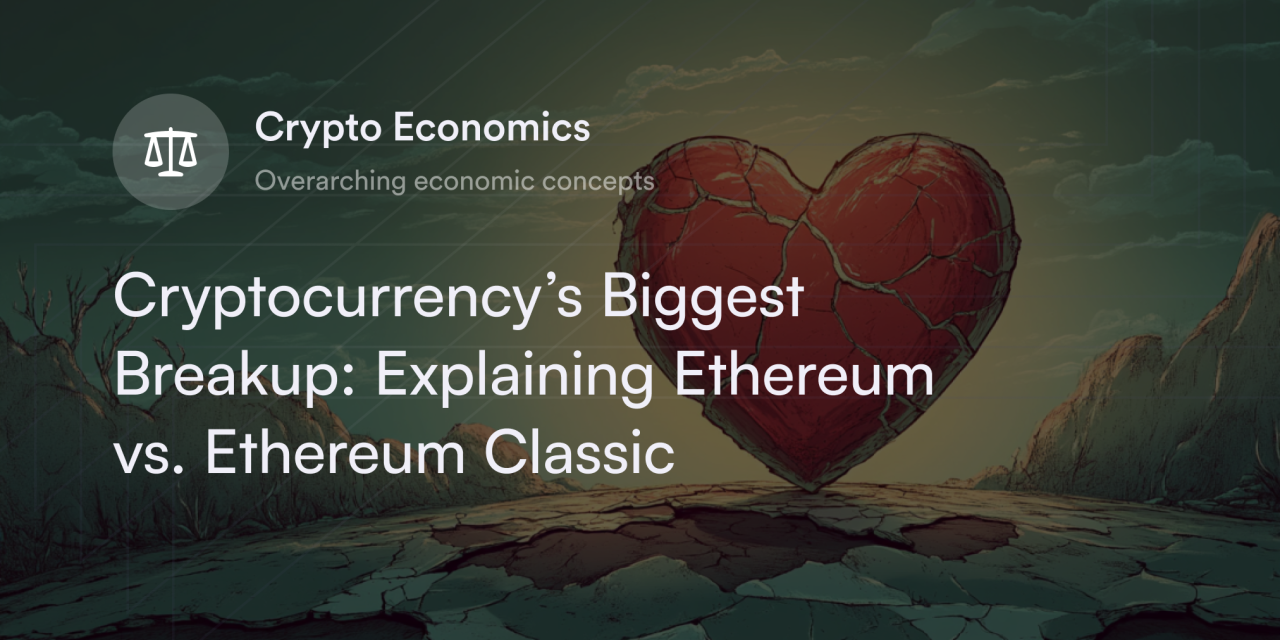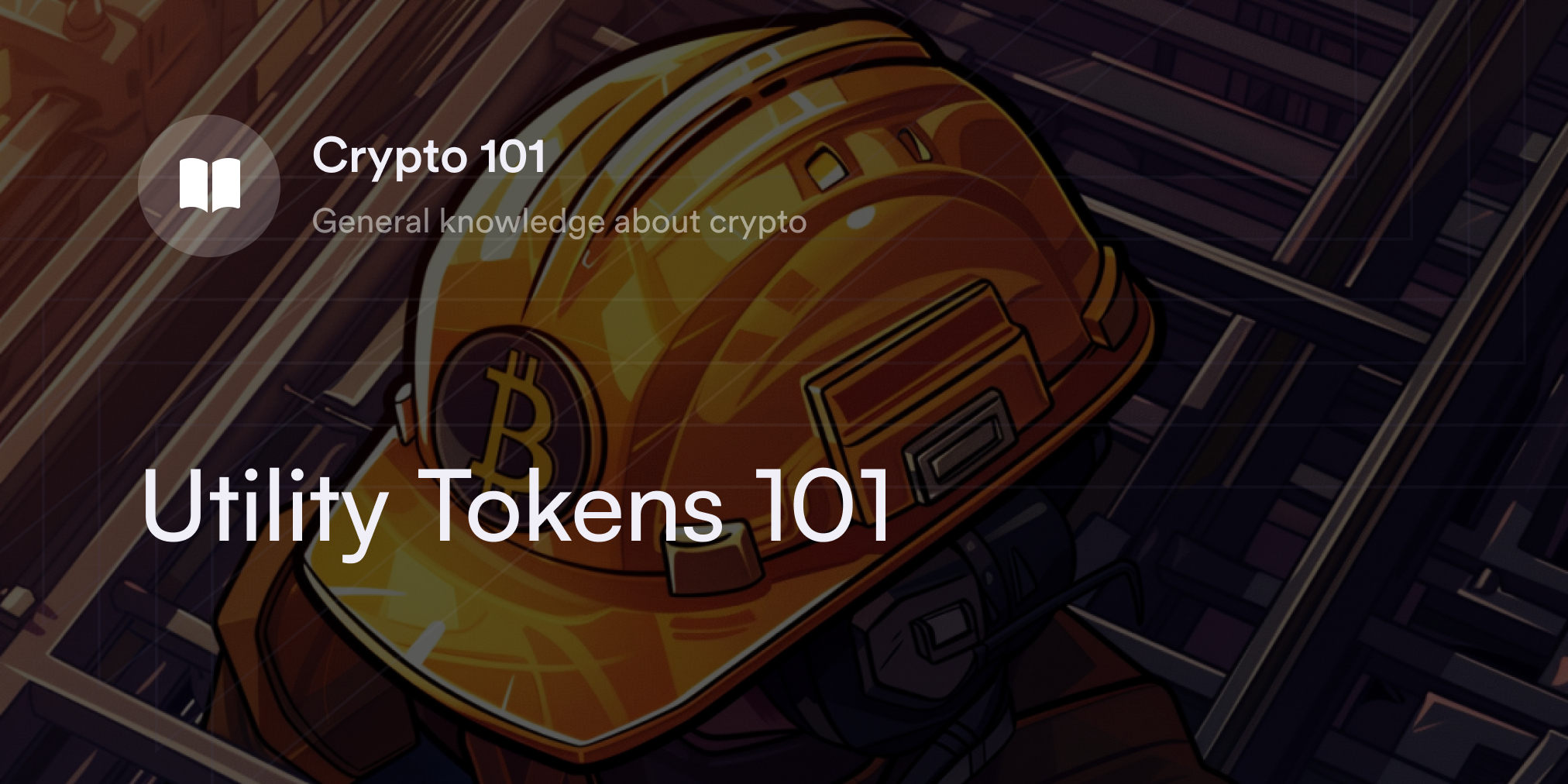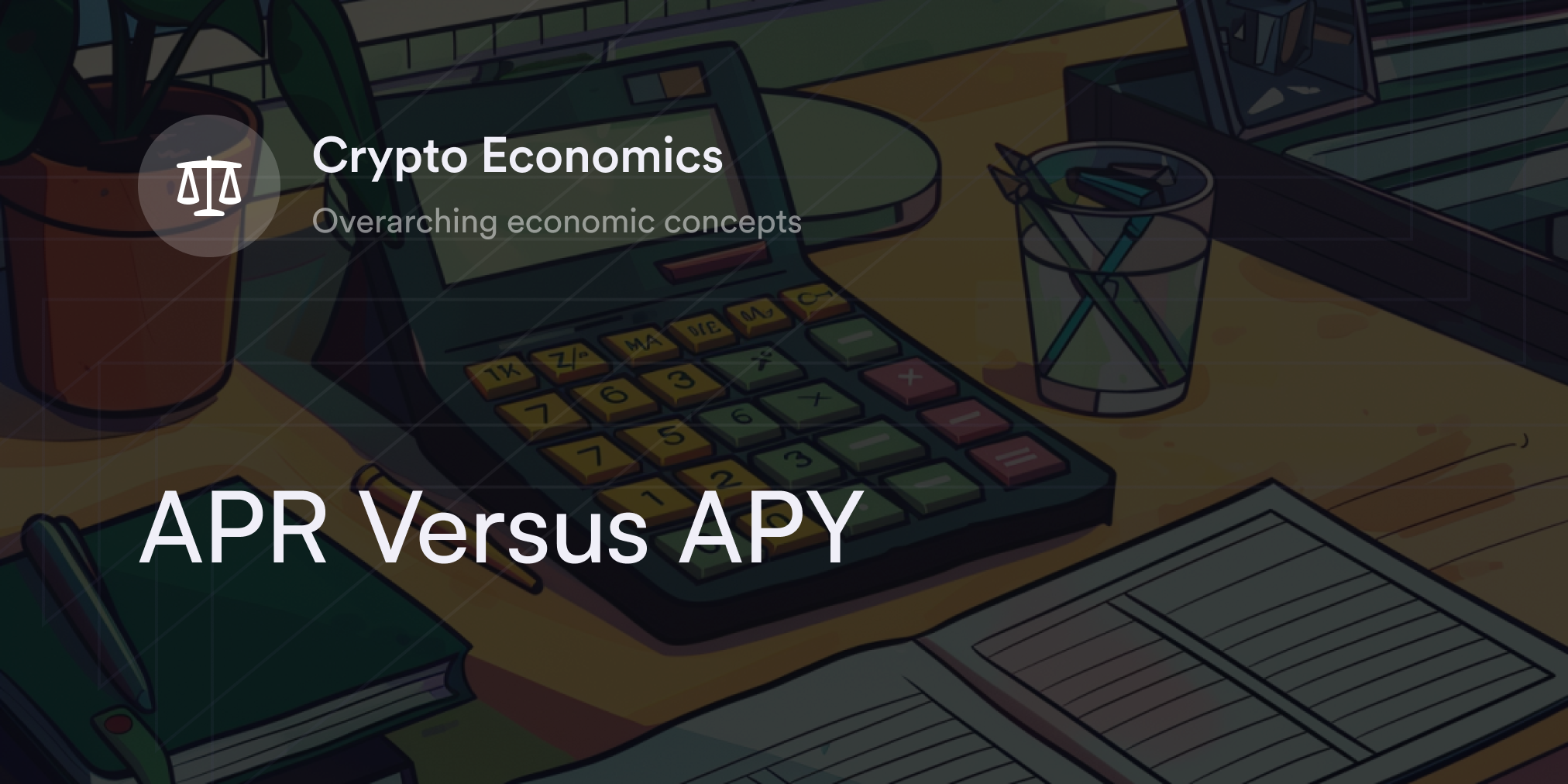


Since its launch in 2015, Ethereum (ETH) has been one of the major movers and shakers in the cryptocurrency market. From decentralized finance (DeFi) and non-fungible tokens (NFTs) to GameFi and initial coin offerings (ICOs), many of the latest trends in Web3 began on an Ethereum-based decentralized application (dApp).
Despite Ethereum’s significant stature in the crypto ecosystem, there was a moment when this project’s future direction was in serious jeopardy. To this day, the Ethereum blockchain carries the "software scars" from this period of crypto history in the code for a separate blockchain: Ethereum Classic (ETC).
So what’s the difference between Ethereum Classic and Ethereum, and why did developers create these distinct networks? Let’s explore all the details of this significant chapter in Ethereum’s past and the key differences between ETH and ETC.
What is Ethereum Classic vs. Ethereum?
The story of the split between Ethereum and Ethereum Classic started in 2016 with a $60 million heist called the DAO hack. Short for decentralized autonomous organization, DAO is a blockchain-based governance system that uses smart contracts––which are self-executing programs––to enforce trustless, community-driven decisions.
Today, DAO refers to any decentralized governance protocol that uses smart contract technology, but the DAO of 2016 was a specific community-governed treasury on Ethereum with more than $160 million in deposited funds.
Shortly after the DAO’s launch, hackers noticed a vulnerability in its smart contract code and exploited this weak point to steal $60 million worth of ETH from crypto traders. As news of the hack spread, Ethereum’s core developers debated how to handle this crisis. Some ETH programmers proposed creating a new blockchain to rewrite the transaction data and reimburse hack victims, while others claimed this solution went against the ethos of decentralization. Developers in this second camp argued any third-party intervention introduced centralization to the blockchain, which defeated the purpose of intermediary-free, peer-to-peer (P2P) technology.
These arguments came to a head in July 2016 when Ethereum developers implemented a hard fork upgrade, creating two chains with incompatible coding standards and different payment ledgers. The “original” Ethereum blockchain became “Ethereum Classic,” which still has the DAO hack data in its transaction history. In contrast, the current “Ethereum” blockchain is the newer chain with funds restored from the DAO hack.
What are the critical differences between Ethereum and Ethereum Classic?
The DAO hack triggered the split between Ethereum and Ethereum Classic, but these chains have more distinctions than the DAO’s payment data. As both blockchains evolve, they highlight different approaches to blockchain security, scalability, and infrastructure.
Consensus algorithms
Both Ethereum and Ethereum Classic initially modeled their consensus mechanism on Bitcoin’s (BTC) proof-of-work (PoW) algorithm. On a PoW blockchain, computers (aka nodes) compete to solve advanced algebraic equations every few minutes to get the chance to post a new block of transactions on the official payment ledger. This method is also called crypto mining since node operators receive (or mine) cryptocurrency rewards whenever they win these mini puzzles and publish a new batch of transactions.
Although Ethereum Classic still uses a permissionless PoW mining algorithm compatible with graphics processing units (GPUs), Ethereum transitioned from PoW to proof-of-stake (PoS) in a 2022 upgrade called The Merge.
Unlike PoW mining, nodes on PoS networks lock (aka stake) the native cryptocurrency on the blockchain to participate in transaction validation and receive rewards. Ethereum moved to a PoS model to help with scalability efforts and decrease the network’s environmental impact.
Market size and influence
Ethereum Classic often ranks as one of the top 50 cryptocurrencies by market cap on crypto price aggregators, but Ethereum has a far larger presence in the crypto economy. At the time of writing, Ethereum’s market cap is more than $300 billion, while Ethereum Classic’s is roughly $4.5 billion––with Ethereum’s versus Ethereum Classic’s market price being roughly 90x higher.
Ethereum also dominates the total value locked (TVL) in decentralized finance (DeFi) protocols, often commanding more than 50% of the DeFi ecosystem’s liquidity with billions of dollars in its dApps. Conversely, Ethereum Classic’s current TVL ranks below the top 100 blockchains, with less than $1 million locked in its DeFi protocols.
Developer community
One reason behind Ethereum’s heightened influence in Web3 is its larger community of developers. Ethereum has a robust network of global contributors, often ranking as one of the largest developer communities in crypto.
Plus, thanks to Ethereum’s high TVL and market size, more third-party blockchain developers feel comfortable building their projects on top of Ethereum, giving it even greater leverage in the Web3 community.
Ethereum Classic also has a passionate group of core developers, but it has yet to eclipse Ethereum in terms of its online community. To put numbers into perspective––Ethereum Classic’s GitHub page currently has a little more than 100 followers and 28 repositories, while Ethereum’s GitHub has around 9,000 followers and 300 repositories.
Tokenomics
Ethereum and Ethereum Classic have distinct native cryptocurrencies used to pay network fees (aka gas fees) or as an incentive for node operators. A significant difference between ETH and ETC is the former has no pre-fixed max supply, while ETC has a fixed supply of 210.7 million coins.
However, following the EIP-1559 upgrade in 2021 on Ethereum, a portion of ETH spent on transactions instantly gets removed (or burned) from circulation. So while Ethereum technically has an infinite coin supply, ETH has recently been acting like a deflationary cryptocurrency as the burn rate exceeds the daily issuance. Sites like Ultrasound.Money track Ethereum’s current burn percentage and calculate whether ETH is in an inflationary or deflationary cycle.
Philosophical divides
Supporters of Ethereum Classic use the phrase “code is law” to describe their approach to cryptocurrency development and blockchain technology. Instead of patching bugs or hacks with hard forks and third-party interventions, Ethereum Classic community members believe the coding instructions on a blockchain are always the ultimate authority.
Ethereum Classic’s firm stance on the supremacy of code makes it less open to changes or scalability adjustments than Ethereum, but it promises programmers a fixed and inalterable software standard to build their dApps.
What is Ethereum Classic used for?
Despite their many differences, Ethereum and Ethereum Classic share the same primary use case: To provide third-party developers with a blockchain for building decentralized online experiences.
Both Ethereum and Ethereum Classic use smart contracts, which execute commands without third-party intervention and offer an intermediary-free way to provide users with various web-based applications, including play-to-earn video games, collectible NFTs, and financial services like borrowing, lending, and trading.
While Ethereum dominates most Web3 sectors, Ethereum Classic provides an alternative platform for developers prioritizing a protocol’s commitment to immutability rather than flexibility.
Ethereum Classic versus Ethereum: Which is better?
In terms of size, influence, and network effect, there’s no debate Ethereum is the "superior" chain in the current crypto market. However, Ethereum’s dominance in fields like DeFi and NFTs doesn’t necessarily mean it’s the "better" option for developers.
Although Ethereum Classic doesn’t have the same global reach as Ethereum—and it has suffered more security incidents like 51% attacks in its past—it has a dedicated following of programmers who value the blockchain’s integrity and insistence on the supremacy of code.
Similarly, Ethereum has greater flexibility, decentralization, and resources for developers, but some instances indicate that programmers might prefer the smaller scale, untouched ledger, and PoW design offered on ETC.
Does Ether work on an Ethereum Classic wallet?
If crypto traders want to transfer ETH or ETC from an exchange to a crypto wallet, they should be extra careful when entering their destination blockchain address. Just because Ethereum and Ethereum Classic share the same name and backstory doesn’t mean they’re cross-chain compatible. Crypto traders who send ETH to an ETC wallet (or vice versa) lose their crypto funds for good.
Remember, Ethereum is a hard fork of the Ethereum Classic network, which means these blockchains use different coding standards and have unique payment ledgers. Ethereum and Ethereum Classic can’t decipher the programming language for coins and tokens on the opposing chain. Therefore, crypto traders must always send ETH to an ETH-compatible address and ETC to an ETC blockchain address.
Trade ETH and ETC perps on dYdX
Whenever eligible traders want to open positions in altcoins like Ethereum or Ethereum Classic, dYdX has dozens of perpetual contracts on our decentralized trading platform. dYdX also offers qualified traders intermediary-free access to Bitcoin perpetuals, plus slippage tolerance controls, advanced order types, and up to 20x leverage. Find out more about dYdX’s latest features and upgrades on our official blog. Plus, check out more Web3 guides on our education hub, dYdX Academy, and start trading on dYdX today.
Disclosures
The content of this article (the “Article”) is provided for general informational purposes only. Reference to any specific strategy, technique, product, service, or entity does not constitute an endorsement or recommendation by dYdX Trading Inc., or any affiliate, agent, or representative thereof (“dYdX”). Use of strategies, techniques, products or services referenced in this Article may involve material risks, including the risk of financial losses arising from the volatility, operational loss, or nonconsensual liquidation of digital assets. The content of this Article does not constitute, and should not be considered, construed, or relied upon as, financial advice, legal advice, tax advice, investment advice, or advice of any other nature; and the content of this Article is not an offer, solicitation or call to action to make any investment, or purchase any crypto asset, of any kind. dYdX makes no representation, assurance or guarantee as to the accuracy, completeness, timeliness, suitability, or validity of any information in this Article or any third-party website that may be linked to it. You are solely responsible for conducting independent research, performing due diligence, and/or seeking advice from a professional advisor prior to taking any financial, tax, legal, or investment action.
You may only use the dYdX Services in compliance with the dYdX Terms of Use available here, including the geographic restrictions therein.
Any applicable sponsorship in connection with this Article will be disclosed, and any reference to a sponsor in this Article is for disclosure purposes, or informational in nature, and in any event is not a call to action to make an investment, acquire a service or product, or purchase crypto assets. This Article does not offer the purchase or sale of any financial instruments or related services.
By accessing this Article and taking any action in connection with the information contained in this Article, you agree that dYdX is not responsible, directly or indirectly, for any errors, omissions, or delays related to this Article, or any damage, injury, or loss incurred in connection with use of or reliance on the content of this Article, including any specific strategy, technique, product, service, or entity that may be referenced in the Article.







